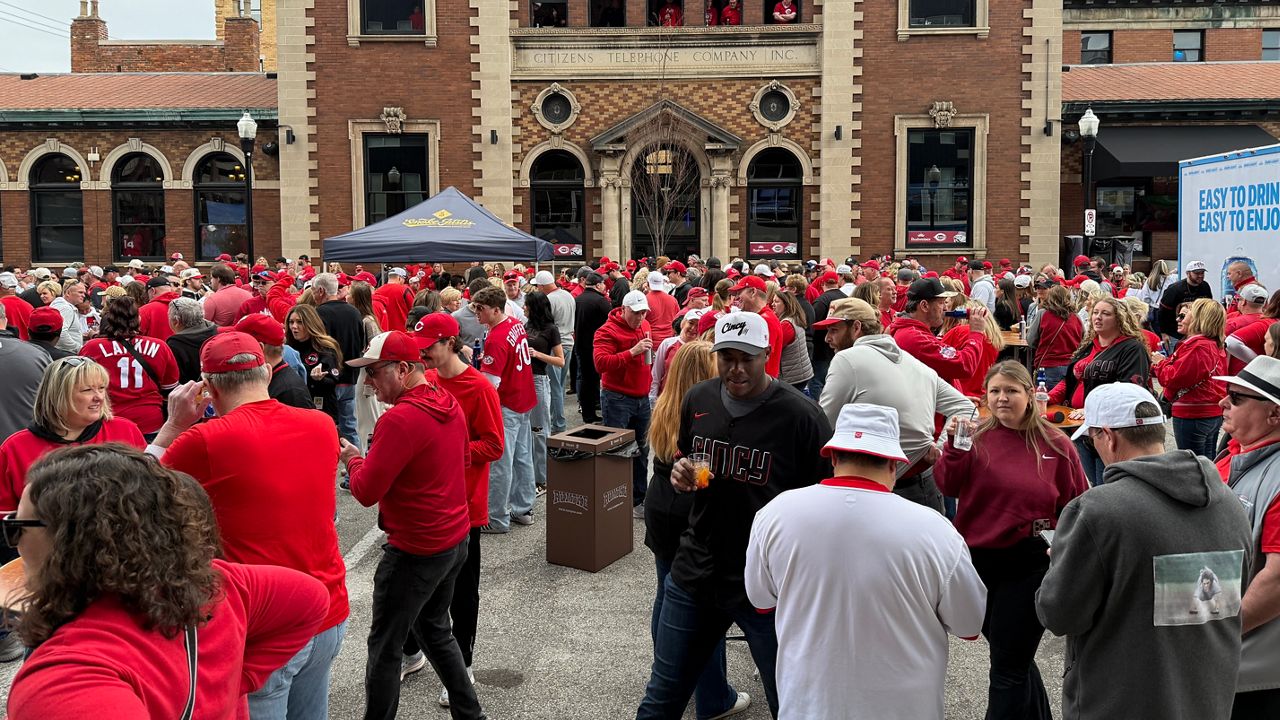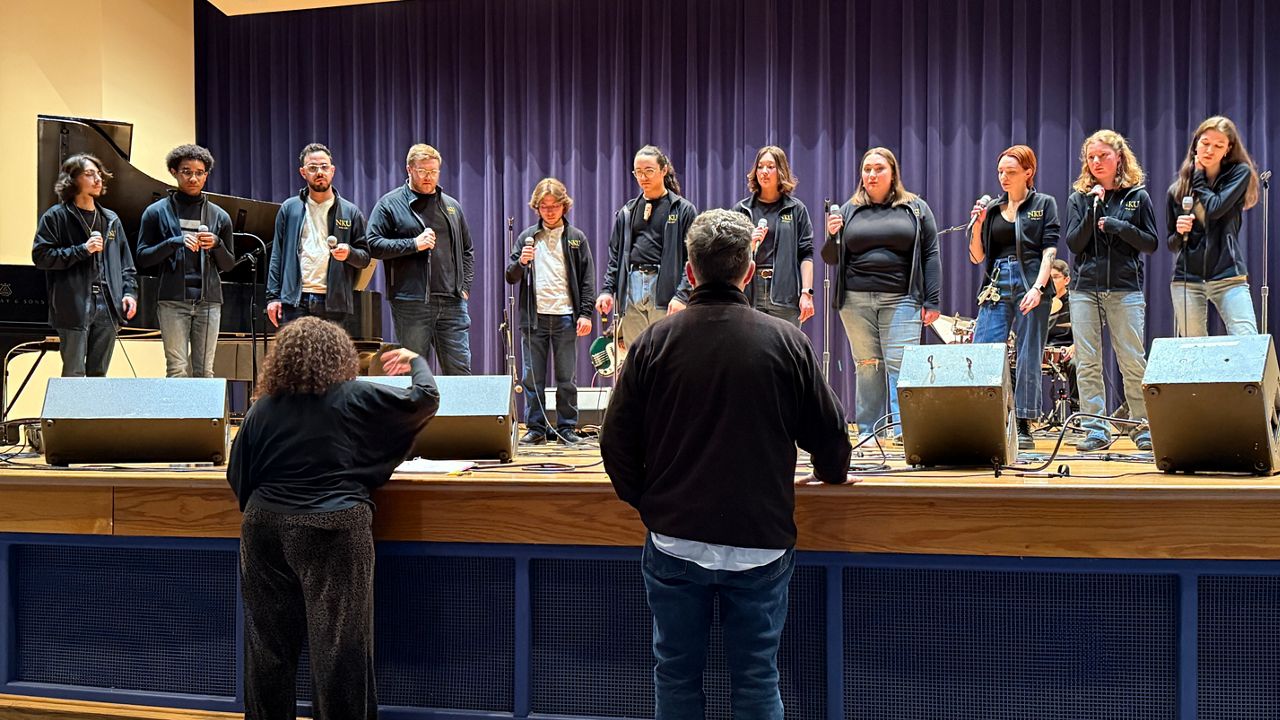CINCINNATI — The Brent Spence Bridge Corridor project is moving forward after years of setbacks, utilizing billions of dollars in federal funding. But some people have expressed concerns about the project’s impact.
The project is going to affect people around the country who drive over what is one of the country’s most traveled thoroughfares, but will especially affect those who live close to it in Ohio and Kentucky, many of whom use the Brent Spence Bridge on a daily basis.
That’s why the group Bridge Forward is urging people to consider the social, structural, economic and environmental impacts the project will have during the next several years of construction and decades beyond.
The group invited prominent transportation professional Gloria Jeff of the Minnesota Department of Transportation to take part in a community panel discussion.
She explained how important it is to include equity in transportation.
“It affects people on a day-to-day basis in every aspect of their life. And I think that what I want to have come out of this, what I hope will come out of this, is people begin to recognize that if they really want to make a difference in their lives, how they get from point A to point B, and what happens in that journey matters,” Jeff said.
The project aims to improve safety and reduce congestion on the Brent Spence Bridge, which currently carries close to double the amount of daily traffic it was originally intended to. Project details include repairs to the existing bridge, reduction of lanes, construction of a new companion bridge and improving the approaches to the bridge in both states.
“The Brent Spence Bridge Corridor project will connect Ohio and Kentucky, but also connect the West End and downtown. We remain committed to making transportation safer for all who use this corridor whether they drive, ride, walk, or bike. This project will benefit everyone," said the Ohio Department of Transporation.
While Bridge Forward supports the project, the group has suggested alternative plans to those put forth by the Ohio Department of Transportation. ODOT and the Kentucky Transportation Cabinet will manage multiple components of the project along the eight-mile I-71/75 corridor on either end of the Brent Spence Bridge.
Bridge Forward said its plans would reclaim 25 acres of land in downtown Cincinnati and better suit the needs of the community.
Members of the Sierra Club Miami Group, including Northern Kentucky University Professor of Biological Science, Chris Curran, attended the discussion to bring up their biggest concern: the environment.
“We are worried about what’s running off into the local communities, as well as the air quality that will be affected by 200,000 vehicles. So anything we can do to reduce the number of vehicles improves our air quality, which is huge, because this area has higher asthma rates than the national average,” Curran said.
Curran said when I-75 was first built, stormwater runoff was never dealt with properly on either side of the Brent Spence Bridge. She said one of those sides has a leg up when it comes to addressing environmental concerns moving forward.
“Actually, we are so proud of what Covington and the Kentucky Transportation Cabinet did. Because they’ve already agreed to give money to Covington to fund oversight of a major storm water project,” Curran said. “They’re going to solve it. They are so far ahead of Ohio. What we’re saying is, ‘Ohio, look at what Covington did, and do the same.’”
The Brent Spence Bridge Corridor Project is a progressive design build project, meaning construction will begin prior to completion of the design, and local communities will be able to give continued input.
Jeff said it’s essential they do.
“Go to where people are. Meet them where they are, so that you have the opportunity to center your voices around those who are impacted,” she said.
The community panel also included Kent Ahrenholtz of the Kaskaskia Engineering Group, who discussed the technical feasibility of the Bridge Forward’s alternative design concept in an urban context as well as the community benefits of land recapture.
Environmental Attorney Fred Wagner outlined the Federal Project Development process, Progressive Design-build, and why there is still time to accomplish a transformational solution.
Annie White of Karp Strategies discussed the economic impact of the various proposals for what can be done with and after the project is finished.
Correction: The previous version of the story stated the Bridge Forward plans would reclaim 30 acres of land in downtown Cincinnati. This has been corrected to 25. (June 22, 2023)










